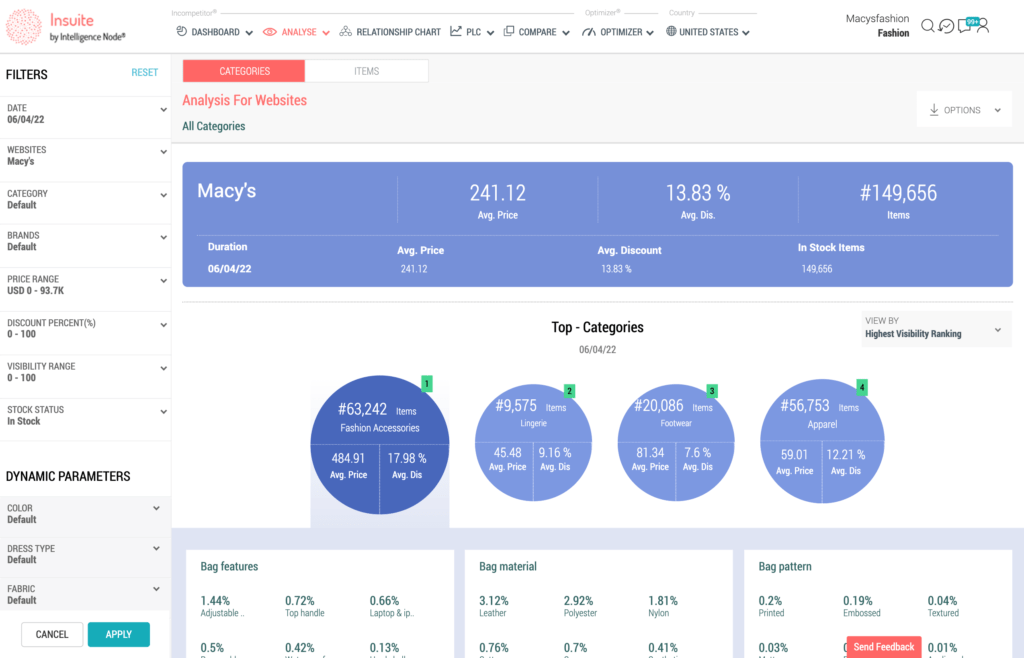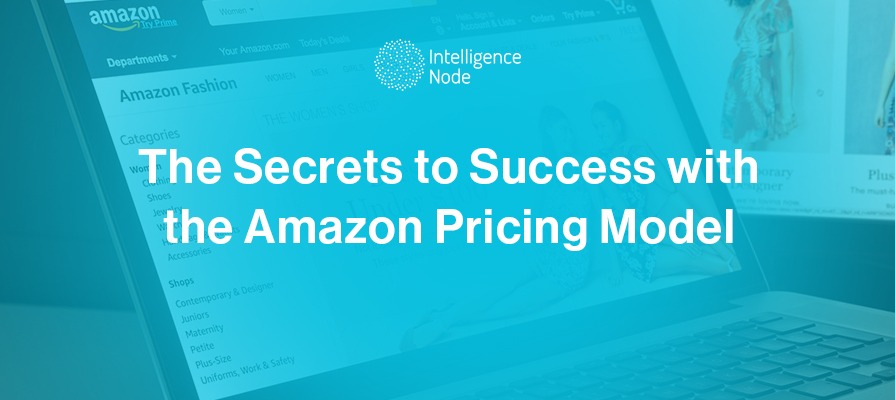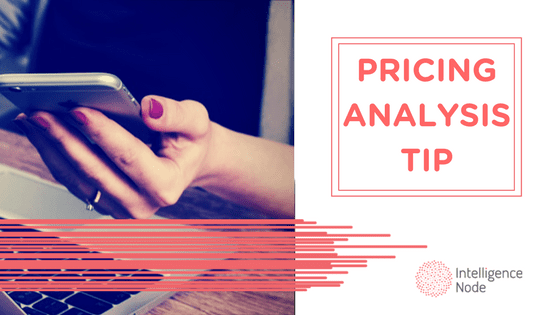In 2023, with a huge chunk of retail activity taking place through online platforms, Global eCommerce sales are expected to grow 10.4% in 2023, totaling $6.3 trillion this year. – and this shift is not only indicative of new opportunities, but of the need for new effective strategies. There is no question that it is absolutely vital to partake in competitor price monitoring. With all the competition that’s constantly growing, consumers have their veritable pick of the litter. In essence, consumers are spoilt for choice and can easily find the best deals on their required products in just a few clicks. So, in order to keep up with customers as well as competitors, businesses turn to competitor price monitoring It allows them to be increasingly competitive and focused in their efforts while achieving greater profitability through the use of data.
In principle, there are two ways price tracking is done:
- Manual competitor price tracking
- Automated competitor price tracking
The following post will pit the two methods against each other and evaluate what the best option for today’s retailers is.
Round 1 – manual competitor price tracking
As every pricing manager who has ever dabbled in manual price tracking knows, it is essential to make analytics based on the huge datasets acquired. Usually, there is a team involved that covers various aspects of the competitor’s pricing by using Excel spreadsheets to keep all of the information in one place. The information itself is detailed, and since there’s a lot to go through by doing it manually, it takes time.
Ultimately, the enormous requirements of both time and resources that this method requires severely limit the scope and effectiveness of manual price tracking. Here is an example of how that works (or doesn’t).
Let us consider a brand that has 100 products in its online store. Previously, it had identified five key competitors whose prices it must ideally track through competitor price tracking systems. Considering competitors change their prices frequently to keep up with changing demands and consumer trends, the minimum amount of work required to effectively monitor competition is on a daily basis, tracking a minimum of 500 references a day. This is without taking into account more than one price per product, a common feature depending on the product’s attributes. It’s a lot of time to be spending on only a select few of your competitors, not the mention the workforce needed to pull it off.
Manual price tracking works, at the bare minimum, but only up to a certain degree- and is most notably only feasible for very small businesses with limited offerings. Unfortunately, in today’s rapidly evolving eCommerce market and advanced technology, it is far from enough.
Round 2 – automated competitor price tracking
Posing as a challenger in this bout, automated competitor price tracking solutions are rapidly evolving into the more widely preferred option for retailers. While manual efforts to gather competitive intelligence prove to be non-scalable and ineffective after a certain point, automated price monitoring solutions don’t have that limitation. A competitor price tracking solution effectively reduce the amount of time a manual team has to spend tracking the prices of the competition. In turn, they have more time to focus on strategy and pricing for the business.
Further, every day it is observed that online businesses are operating in a growingly competitive environment that demands a proactive response to market fluctuations. It is impossible to deliver in such a fashion without basing your decisions on readily-available real-time data. Today, 94% of consumers compare prices some time or the other before making a purchase online and for them it is easy to watch competing brands and retailers’ websites to find what they need, at the best price. , making competitive prices an extremely important aspect for brands to attract consumers. With dynamic pricing on the rise, the ability to effectively and quickly react to shifts in the market presents a significant and highly sought out competitive advantage. Real-time data equals real-time pricing, which means your business will stay at the forefront. Tracking millions of products on the web is impossible through manual methods, but fairly easy with automated solutions from Intelligence Node that help base your pricing strategies on a regular basis.

The accuracy of automated price tracking solutions is another advantage over the manual process as it allows for simple pricing updates- Intelligence Node’s competitor price tracking platform has a 99%+ accuracy rate. Factors like price drops and promotions can often be missed with manual price tracking, which is not the case with automated price monitoring. This also minimizes the ever-present human error factor which has the power to significantly distort the accuracy of your data.
An automated price tracking solution allows a better overview of your market. It helps you perform in-depth market research with no limit to the offerings you want to track. Additionally, competitor price monitoring can also help you identify new competitors, along with the existing, known retailers.
Finally, it is significantly more cost effective- especially for businesses who cover a wide spectrum of the competitor landscape by ramping up the manual labor in order to cover as much as they can.
Final round
Due to the competitive nature of today’s retail environment, businesses today need every technological advantage they can get their hands on, in order to successfully track competitors’ pricing. On its own, technology is making it necessary, possible, and even imperative to partake in competitive price tracking by investing in real-time insights. This indicates that automated competitor price tracking solutions are more efficient, feasible, accurate, timely method. The return of investment by using an automated price tracking tool is quick, simple, and immediately evident. While manual tracking gets the job done, for the most part, on a very small scale, it is far too limited and is being outrun by the modern exploits of technology.
Conclusion
For an eCommerce store that is looking to keep a close watch on its competition’s pricing, there are many benefits to using automated competitor pricing software. They provide real-time insights into how its competitors are doing business and allow businesses to make quick and strategic decisions. Obtaining detailed and accurate data on the prices of competitors makes the most of your pricing policy and increases the profit margins, allowing you to stay competitive in the long run.



